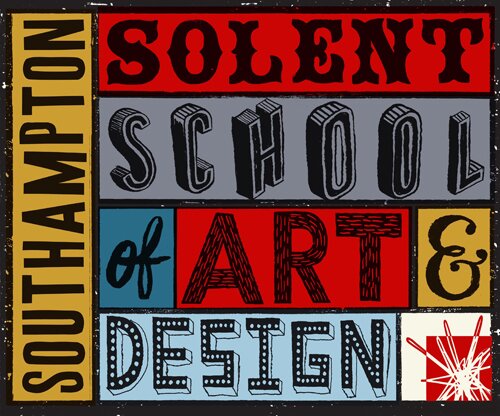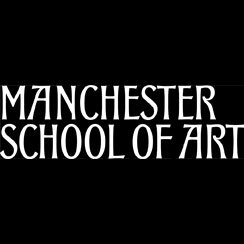
Gareth Proskourine Barnett
Gareth Proskourine-Barnett’s multi-disciplinary practice investigates a sense of place, documenting landscapes and environments altered by human intervention. Since graduating from Central Saint Martins in 2011 he has worked on a range of self-initiated and commissioned work, artist residencies and publishing projects under the name Tombstone Press. Gareth’s work has been exhibited internationally including at Somerset House in London, The Moscow International Young Artist Biennale 2012, Chulalongkorn University Museum in Bangkok and he is a member of the research group ‘Reportager’ organised by the University of West England. Alongside his personal practice Gareth is an Associate Lecturer at Worcester University, Arts University Bournemouth and Birmingham City University where he teaches on Visual Communication and Illustration courses. Currently artist in residence at BCU, Gareth is working on a collaborative project with the department of architecture, exploring the legacy of John Madin and Brutalist architecture on Birmingham’s landscape.
Abstract:
Field Notes From The Future Ruins of Bangkok: Challenging Reportage Illustration
“Cities, like dreams, are made of desires and fears, even if the thread of their discourse is secret, their rules are absurd, their perspectives deceitful, and everything conceals something else” (Invisible Cities)
This paper will discuss my approach to illustration as artist in residence at The Faculty of Fine and Applied Arts, Chulalongkorn University - exploring the overlap in my practice between analogue and digital technologies to investigate emergent hybrid processes in reportage illustration. Frustrated by traditional approaches to reportage I developed an approach informed by the American academic Brian McGrath’s paper ‘Bangkok Simultopia’.
Following in the traditions of the flâneur I explored Bangkok on foot. The walk becomes the means from which to interrogate the ideology imbued in the fabric of the architecture, exploring the transitory and contradictory nature of cities, and addressing the physicality and social history of our constructed environments. If the landscape is the land transformed then surely we must attempt to transform what we see, hear, smell and feel through the physical act of image making, only then will we begin to define a sense of place.
Bangkok retains a strong sense of place even though it can be hard to define. The tuc-tucs and street food vendors provide visual clichés but they don’t address the real experience of the city. The question we should begin by asking ourselves as reportage illustrators is how can we transform our experience of the landscape into a visual format. We need to find a way of communicating what is unique to our experiences and, we should ask ourselves if a traditional approach to drawing is really the best solution to a city such as Bangkok?







